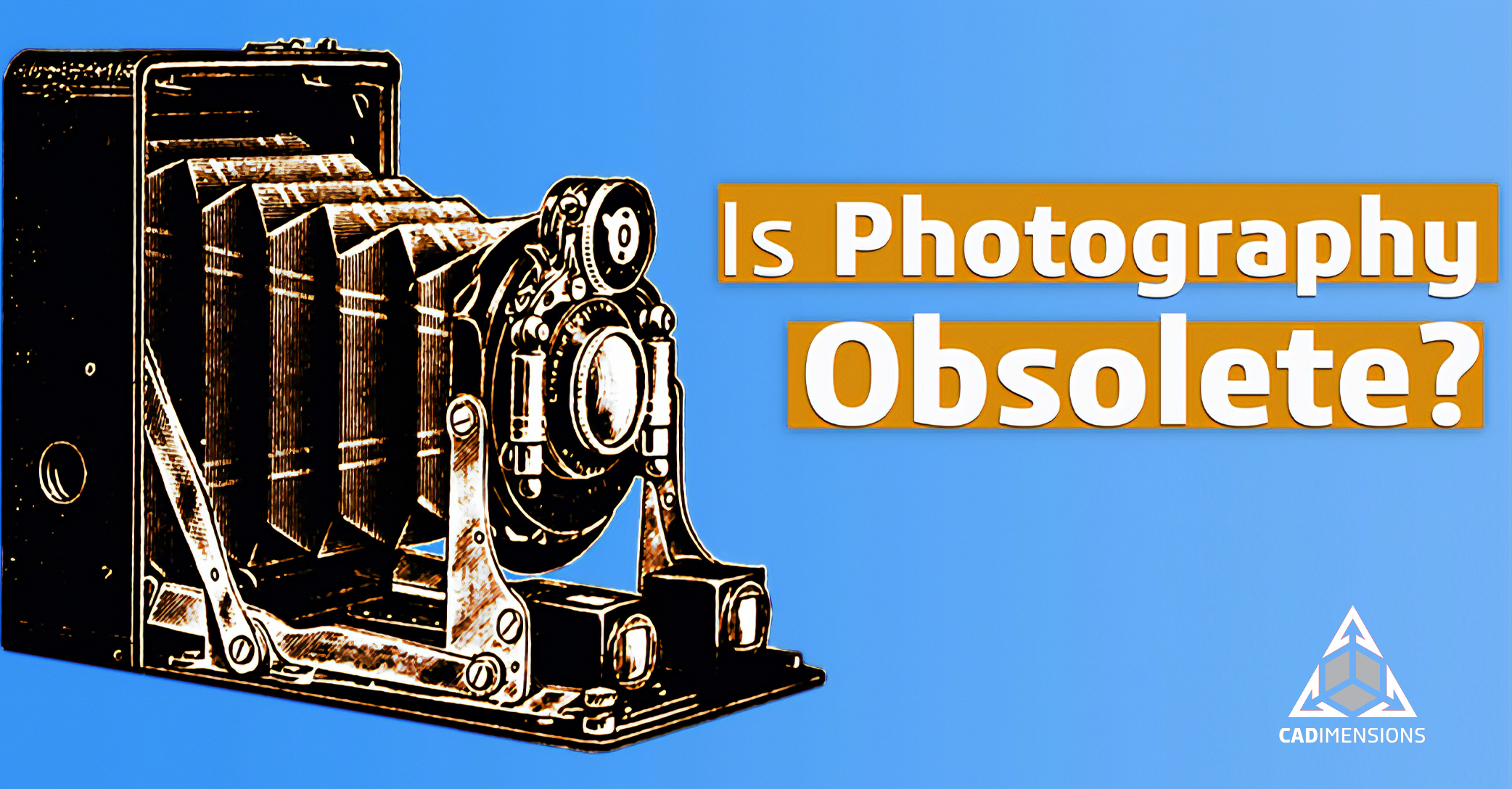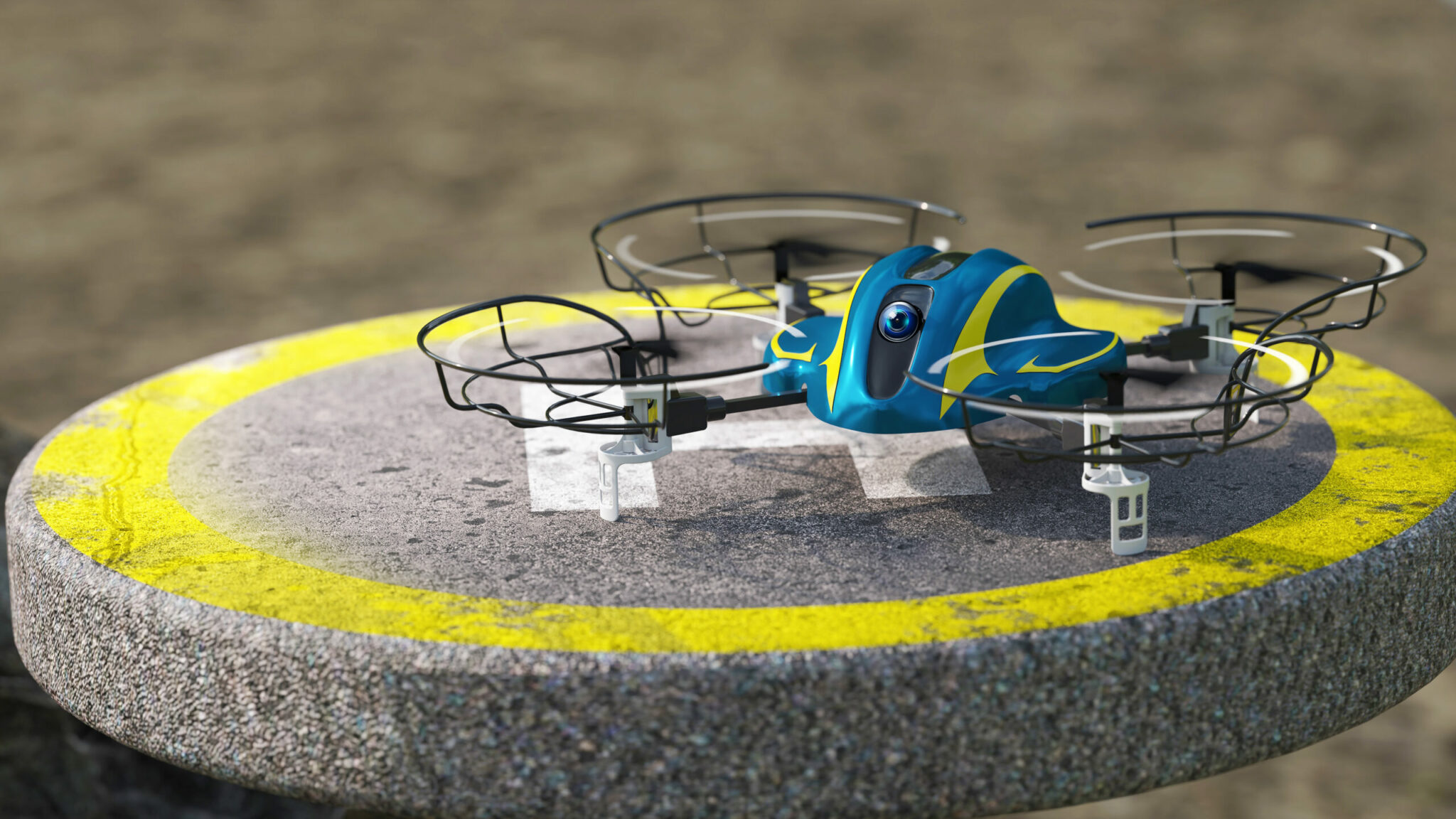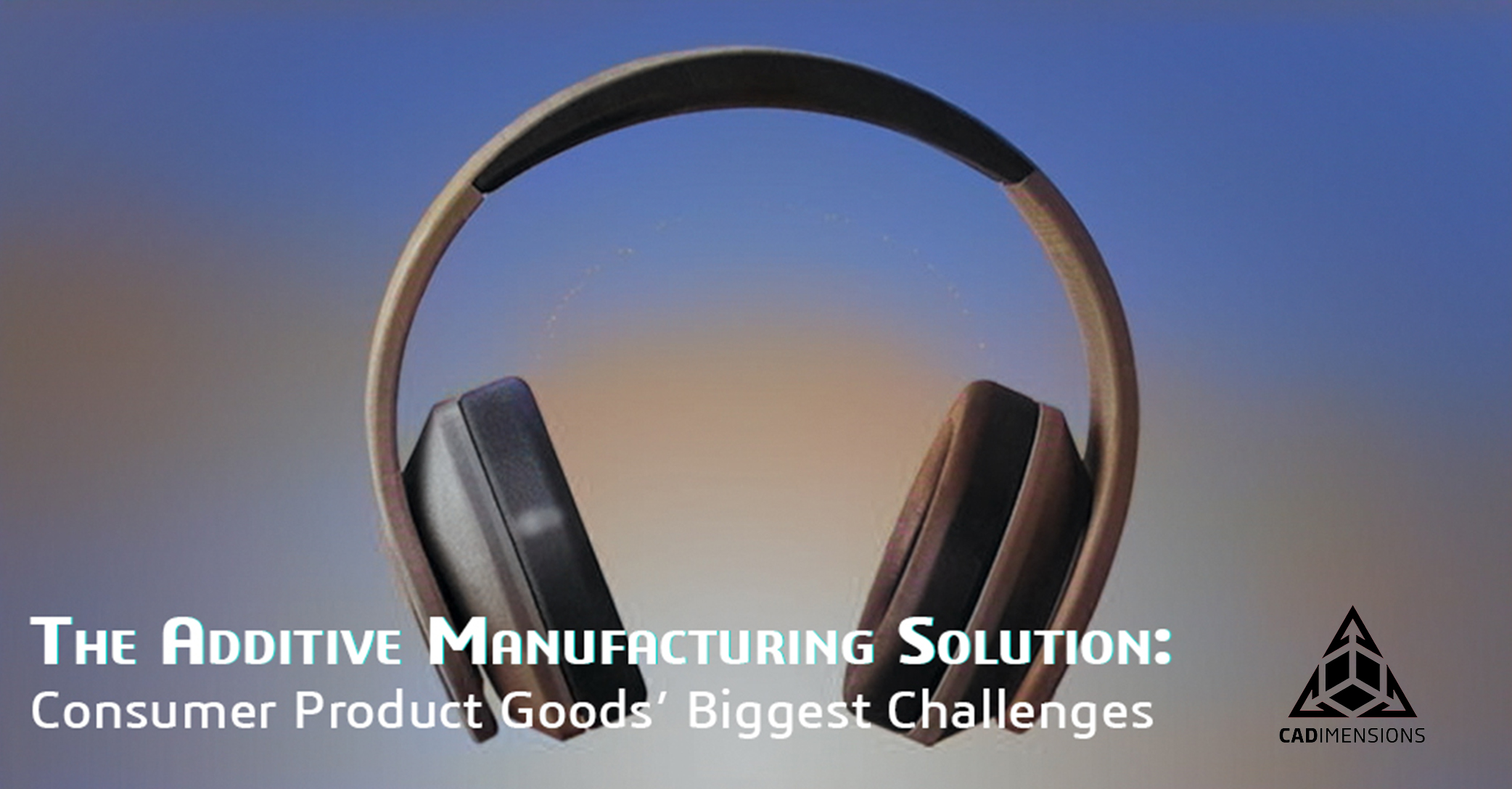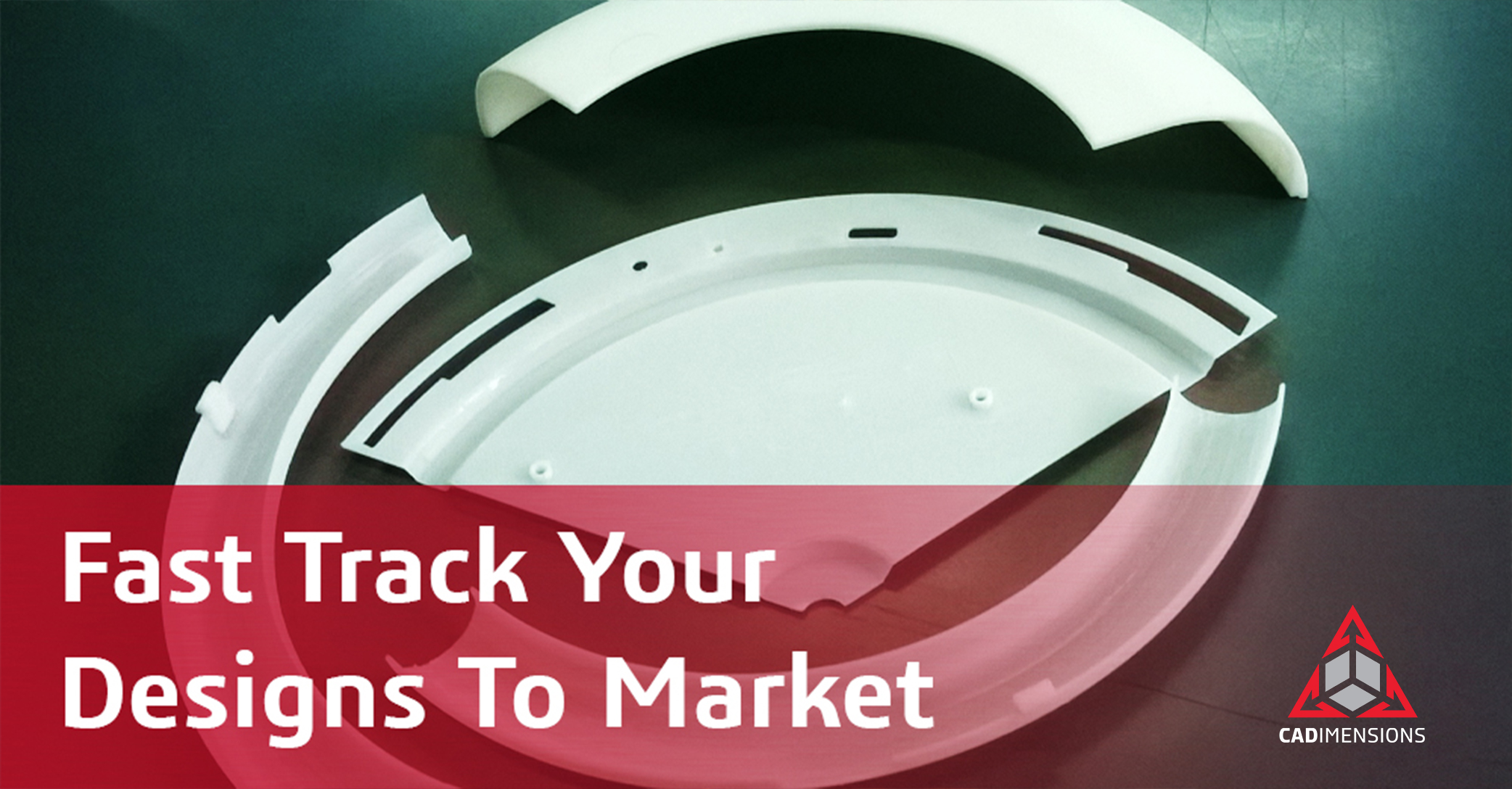Are tight timelines killing product marketing content?
We’ve all been there, a problem arises in the product design process and it’s the product marketing team that gets the short end of the stick, which results in poor marketing content. Changing the content creation process can allow marketing to generate the images that will be the most impactful for the target audience. Hopefully, this problem does not arise in the future but if it does there are ways for marketing to get what they want without having to push back the product deadline.
First, we have to identify the current way your marketing team generates their content. Typically we see the following 4 ways:

1. Physical Photos
Photography is still the most common form of imagery used in product marketing. Although this can be an effective way to present your product, there are some inherent problems associated with this process. Unless you have a well-versed photographer in-house you are most likely outsourcing your product photography, which can cost thousands of dollars. If you decide to bring this in-house there are lots of studies to show that it’s actually more cost-effective to outsource. Some other problems associated with physical photos is that there needs to be a product built in order to take pictures! As we all know prototypes don’t necessarily look or function like the production run. This means that an additional prototype needs to be built for marketing purposes or photos need to wait until production. If this isn’t time wasted, I don’t know what is!
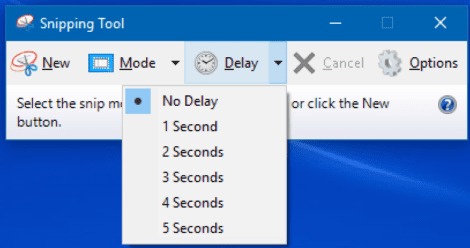
2. Screenshots
When you get behind on time and cannot wait for physical product photos to deliver to the product marketing team, then it’s very common to resort to screenshots from your design software. While this is better than nothing the quality of your image is lacking. “67% of consumers say the quality of a product image is “very important” in selecting and purchasing a product. In an online store, customers think that the quality of a product’s image is more important than the product.” If more than half of those looking to buy your product turn to the competition due to their higher quality image it seems like the first place to improve.

3. Renderings
Years ago when discussing renderings we all knew what to expect. A video game like image that lacked any real feel. Now it’s very hard to distinguish the difference between a rendering and a real photo. The Wall Street Journal highlighted IKEA’s efforts to shift 25% of catalog illustrations from traditional photography to computer-generated imagery by 2013.” Now that 5 years has elapsed I wonder how much IKEA is focusing on renderings now? Yet the Journal article gave the public a rare view into this booming business that is expected to surpass $1.5 billion in sales globally by 2015. IKEA is just one in a long list of companies realizing the benefits that computer-generated imagery can bring both creatively and economically.” Along with IKEA, the automotive industry is really focusing on computer-generated images (CGI). Jay Dunstan stated that “Ten years ago, about 20 percent of automotive advertising was created digitally, and 80 percent was produced via traditional photography. Now those numbers have flipped.”
4. No Images
When the product hits the market before pictures can even be taken this leads to no images or marketing whatsoever. This is obviously a massive problem because we live in the age of visual-centric social networks. “Articles with images get 94% more total views” If articles with images get 94% more views then your product has to be marketed with images otherwise it’s not going to be seen. Product marketing simply cannot exist without a clear visual representation.
The biggest misconception of rendering is the time it takes and where it fits into the product design cycle. Renderings can take hours to create but so do physical images. Between setting up, shooting and, editing, it can take just as long, if not longer. Certain renderings packages can also update with revisions so marketing can begin their process before the product is even finished. When a newer revision is issued then the geometry can update and the rendering process can continue. This means that Marketing can increase their available work time while maintaining the deadline. Since prototypes do not need to be created, renderings can be generated much quicker and colorways have never been easier and quicker to visualize. No need to wait for painted prototypes to pick colors.
Since renderings are the future of product marketing here are some questions you should ask your marketing team:
- Are we currently rendering our product images?
- How much are we spending on outsourcing product photography and if that can pay for a rendering package?
- Would it be beneficial if you could start creating the marketing content before the design was finished?
- How are our competitors marketing their product and is their quality better than ours?
- If we could render our product and begin marketing earlier how could that affect leads and sales?
Certain rendering packages can fit into your design workflow with ease, save money, and create better marketing content. Major companies are rendering their products, when will you get on board?
